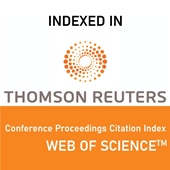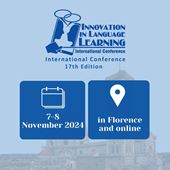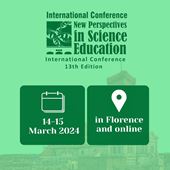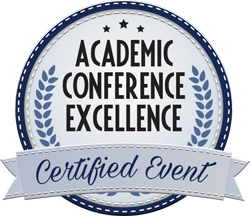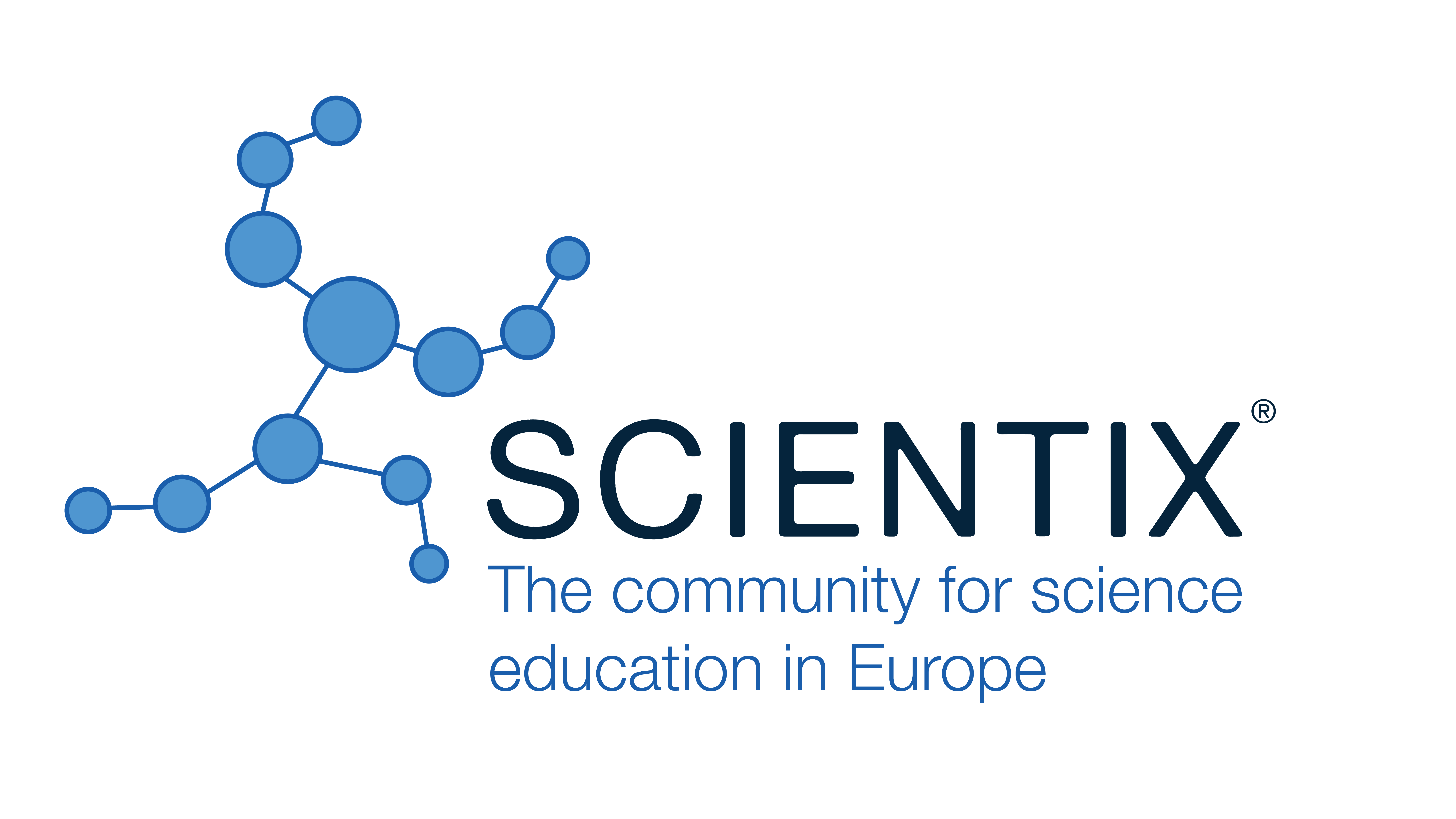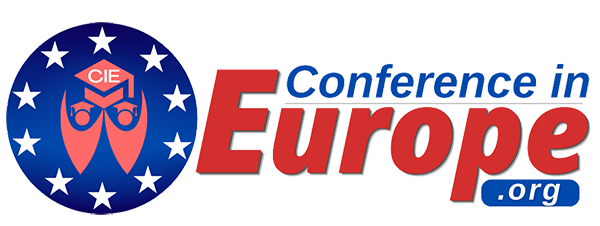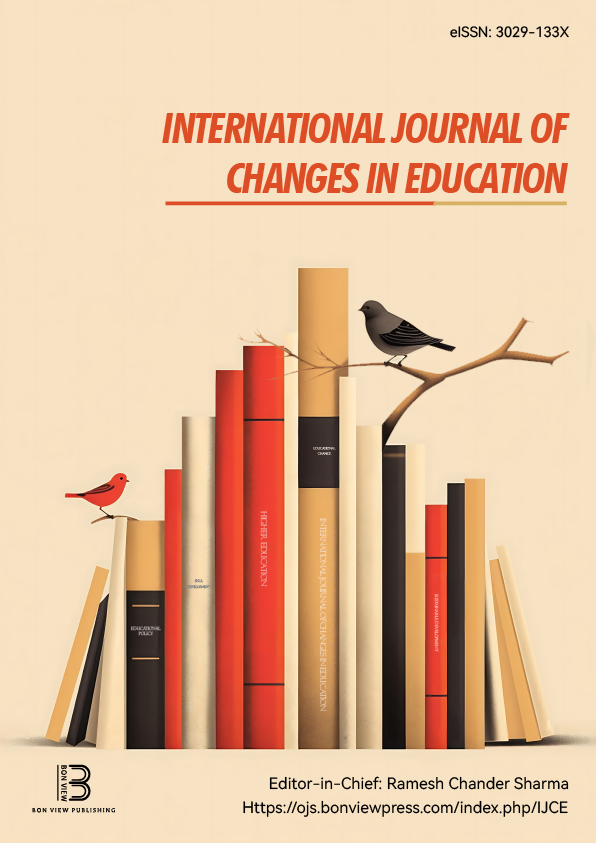Integrating AI into English for Electrical Engineering and Information Technology Learning Materials
Eva Ellederová, Brno University of Technology (Czech Republic)
Abstract
Integrating artificial intelligence (AI) into English for Specific Purposes (ESP) teaching and learning offers promising advancements in developing learning materials tailored to specialised fields like electrical engineering and information technology. This paper explores the application of ChatGPT, Text-to-Speech (TTS) and AI image generation technologies in designing ESP learning materials that enhance reading, listening, writing, and speaking skills, with a focus on effective technical vocabulary learning. While ChatGPT’s natural language processing capabilities enable the generation of context-specific texts, interactive writing prompts, personalised reading comprehension tasks and speaking activities, TTS applications provide authentic listening experiences through dynamic audio content, enhancing students’ listening and pronunciation skills. The paper outlines methods for designing integrated language tasks using different AI tools, emphasising task authenticity, adaptability, and student engagement. It examines the pedagogical implications of using AI-driven tools in ESP, highlighting their potential for fostering autonomous learning and enhancing technical communication skills. The author addresses challenges related to content authenticity, task complexity, and technology integration, offering practical recommendations for ESP teachers. Finally, she suggests that combining ChatGPT, TTS and AI image generation applications can significantly improve the development of ESP learning materials, making ESP teaching more efficient, personalised, and industry-relevant.
|
Keywords |
ESP learning materials, ChatGPT, text-to-speech applications, AI image generation, language skills, specialised vocabulary |
|
REFERENCES |
|
 The Future of Education
The Future of Education
